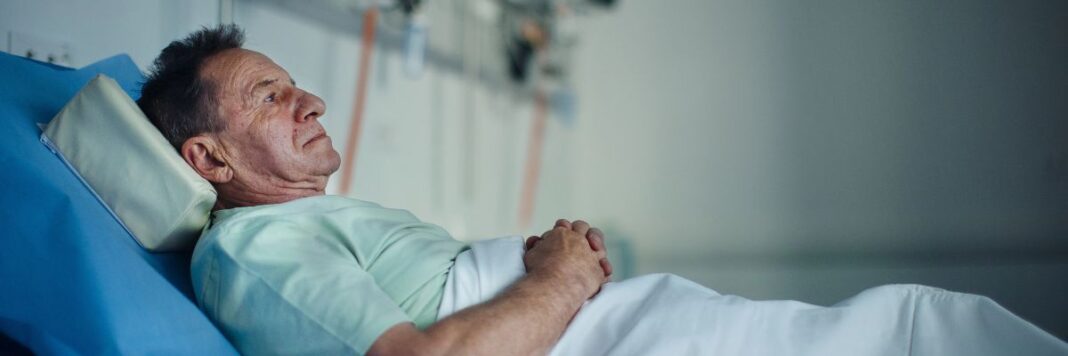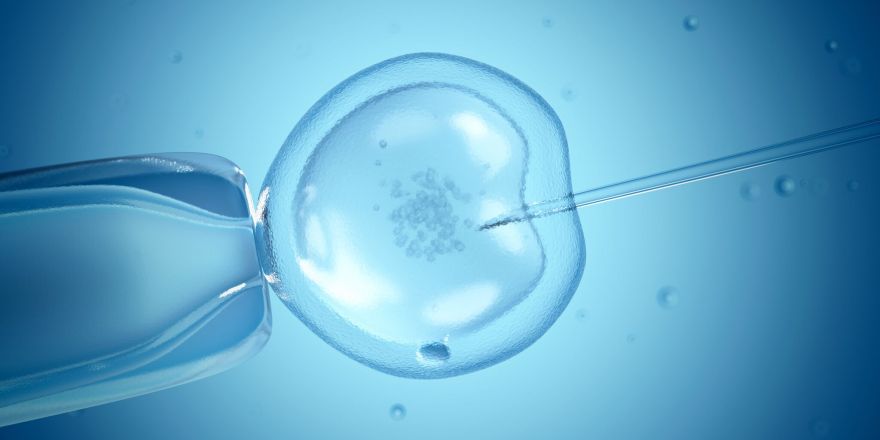Prostate cancer chemotherapy involves using medications to destroy cancer cells throughout the body. This treatment becomes necessary when prostate cancer has spread beyond the prostate gland or when hormone therapy no longer controls the cancer effectively. Understanding what happens during chemotherapy helps patients prepare for treatment and manage expectations throughout the process.
Understanding Chemotherapy Treatment
Prostate cancer chemotherapy medications travel through the bloodstream to reach cancer cells throughout the body. These drugs work by interfering with cancer cells’ ability to divide and multiply. The most commonly prescribed chemotherapy drugs for prostate cancer include docetaxel, cabazitaxel, and mitoxantrone.
Treatment usually takes place in an outpatient clinic or hospital infusion center. A healthcare provider administers the medication through an intravenous (IV) line inserted into a vein, typically in the arm or hand. Each infusion session can last anywhere from 30 minutes to several hours, depending on the specific drugs and dosages prescribed.
The treatment schedule varies based on the chemotherapy regimen. Many patients receive treatment every three weeks, though some protocols may require weekly sessions. A complete course of chemotherapy typically spans several months, with most patients receiving between six and ten cycles of treatment. Blood tests occur regularly throughout treatment to monitor how the body responds to chemotherapy.
Managing Side Effects and Physical Changes
Chemotherapy affects both cancer cells and healthy cells that divide rapidly, leading to various side effects. Common side effects include fatigue, nausea, hair loss, decreased appetite, and increased risk of infection due to lowered white blood cell counts. Fatigue often represents the most persistent side effect, with many patients experiencing tiredness that doesn’t improve with rest.
Hair loss typically begins two to three weeks after the first treatment. This includes hair on the scalp, face, and body. Hair usually starts regrowing several weeks after treatment completion, though the texture and color may differ from before. Nausea and vomiting can occur during or after treatment sessions.
Changes in taste and appetite are common, making eating challenging. Small, frequent meals often work better than three large meals. Staying hydrated remains particularly necessary, as some chemotherapy drugs can affect kidney function. The immune system becomes compromised during treatment, making patients more susceptible to infections. Healthcare providers monitor blood cell counts closely and may delay treatment if counts drop too low.
Monitoring Progress and Follow-Up Care
Healthcare providers track treatment progress through regular monitoring, including blood tests, imaging scans, and physical examinations. PSA (prostate-specific antigen) levels serve as one indicator of how well the treatment is working, though these levels may not immediately reflect treatment effectiveness. Imaging tests such as CT scans, bone scans, or MRIs may be performed periodically to assess how the cancer responds to treatment.
Communication with the healthcare team plays a significant role in managing treatment. Patients should report any new symptoms, side effects, or concerns promptly. Many side effects can be managed effectively when addressed early. Some patients may experience neuropathy, which causes numbness, tingling, or pain in the hands and feet.
Learn More About Prostate Cancer
Prostate cancer chemotherapy represents one treatment option in a comprehensive cancer care plan. While the process involves challenges, understanding what to expect helps patients prepare mentally and physically for treatment. Working closely with healthcare providers throughout chemotherapy allows for optimal management of side effects and treatment adjustments when necessary.
- Pedrovazpaulo Wealth Investment: Unlocking Financial Freedom Through Innovative Strategies
- EO Pis: A Comprehensive Guide to Environmental Objectives and Performance Indicators
- Premiumindo69: The Future of Digital Entertainment
- Macadamia Nut Milk: Health Benefits, Recipes, and Why It’s the Perfect Dairy-Free Alternative
- Hentquz: The Future of Productivity and Collaboration


